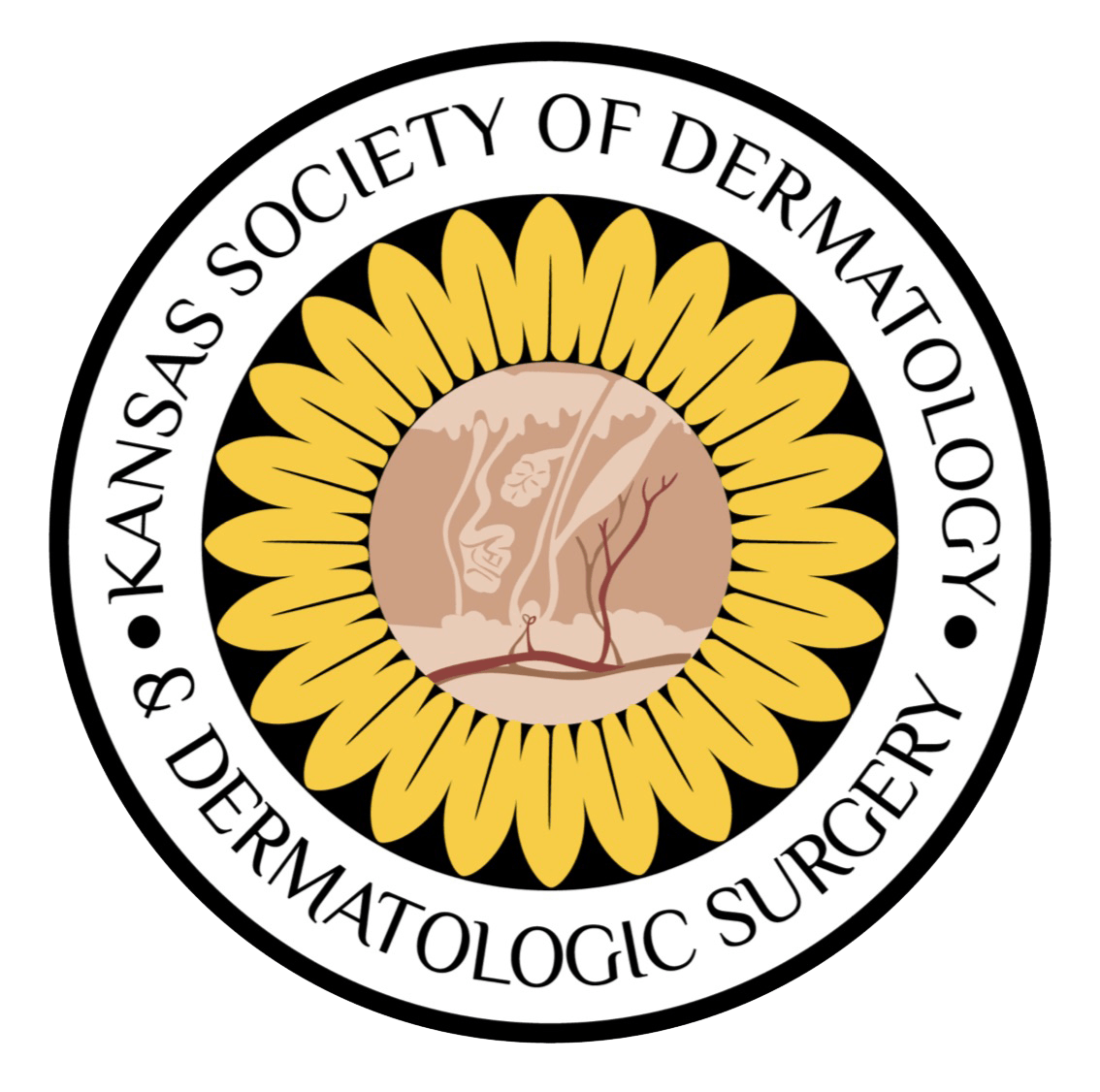Efficacy and Safety of Secukinumab for Moderate to Severe Hidradenitis Suppurativa: A Review of a Phase 3 Randomized Clinical Trial

Featured Student: Zoya Siddiqui
Zoya Siddiqui is a fifth-year medical student in the B.A./M.D. program at the University of Missouri-Kansas City. She enjoys rollerblading, playing tennis, and exploring local coffee shops. Her research interests include inflammatory skin conditions and health disparities in dermatologic care. Writing this research summary has helped her develop a deeper appreciation for study design and its role in translating clinical evidence into patient-centered treatment decisions.
Coordinating Editor: Demi Elrond
Introduction
Hidradenitis suppurativa (HS) is a chronic, inflammatory skin disease characterized by painful nodules, abscesses, and sinus tract formation, most commonly affecting intertriginous areas. Despite increasing awareness and research, treatment options remain limited, and many patients experience inadequate symptom control. A study published in JAMA Dermatology in January 2024 by Dr. Haley B. Naik and colleagues examined the use of secukinumab, an IL-17A inhibitor, for moderate to severe HS in a randomized clinical trial. .
Methodology
This multicenter, phase 3, randomized, double-blind, placebo-controlled trial enrolled 540 adult patients with moderate to severe HS. Participants were randomized in a 2:2:1:1 ratio to receive either 300 mg of secukinumab every 2 weeks, every 4 weeks, or a matching placebo. Treatment was administered subcutaneously over 16 weeks. The primary endpoint was the Hidradenitis Suppurativa Clinical Response (HiSCR) at week 16, which required at least a 50% reduction in the combined count of abscesses and inflammatory nodules (AN count) from baseline with no increase in abscess or draining fistula counts. Secondary endpoints included changes in the International Hidradenitis Suppurativa Severity Score System (IHS4), pain numeric rating scores, and quality of life measures such as the Dermatology Life Quality Index (DLQI). Safety assessments included monitoring adverse events, laboratory values, and injection site reactions throughout the treatment and follow-up periods.
Findings
At week 16, 45% of participants receiving secukinumab every 2 weeks achieved HiSCR compared to 34% in the every-4-week group and 25% in the placebo group. The difference was statistically significant, particularly in the biweekly group. Common adverse events included nasopharyngitis and headache, with no new safety concerns reported. The study concluded that secukinumab was both effective and well tolerated, particularly when administered biweekly.
Strengths and Weaknesses
This study has several strengths, including its large sample size and randomized, double-blind, placebo-controlled design, which support the reliability of the findings. The use of a validated clinical endpoint (HiSCR) and inclusion of both biweekly and monthly dosing regimens improve the clinical applicability of the results. The multicenter approach and diverse patient population also enhance generalizability.
However, the study does have some limitations. The 16-week study period provides limited information on long-term outcomes, and the exclusion of patients with mild HS may reduce applicability to the broader HS population. While secukinumab outperformed placebo, many participants did not achieve HiSCR, suggesting that response rates could still be improved. Additionally, the study did not directly compare secukinumab to other biologic treatments, such as adalimumab, which would have helped clarify its relative effectiveness.
Applications to Future Practice
This study highlights secukinumab as a promising treatment for patients with moderate to severe HS, particularly those who have not responded to antibiotics or TNF-alpha inhibitors. Its favorable safety profile and efficacy suggest it could be a valuable addition to existing management strategies. While further long-term studies are needed to evaluate the durability of response and define optimal treatment duration, these findings offer a strong foundation for future clinical application.
References
- Naik HB, Liu H, Huang KP, et al. Efficacy and Safety of Secukinumab in Adults With Moderate to Severe Hidradenitis Suppurativa: A Phase 3 Randomized Clinical Trial. JAMA Dermatol. 2024;160(1):19-27. doi:10.1001/jamadermatol.2023.5321
- Jemec GBE. Clinical Practice. Hidradenitis Suppurativa. N Engl J Med. 2012;366(2):158-164. doi:10.1056/NEJMcp1014163
- Alavi A, Kirsner RS, Shah N, et al. Hidradenitis Suppurativa: A Review of Pathogenesis, Diagnosis, and Management. J Am Acad Dermatol. 2015;73(5 Suppl 1):S5-S7. doi:10.1016/j.jaad.2015.07.045
- Zouboulis CC, Okun MM, Prens EP, et al. Adalimumab for the Treatment of Hidradenitis Suppurativa: Long-term Outcomes from the PIONEER Trials. Br J Dermatol. 2019;181(4):723-732. doi:10.1111/bjd.17771



